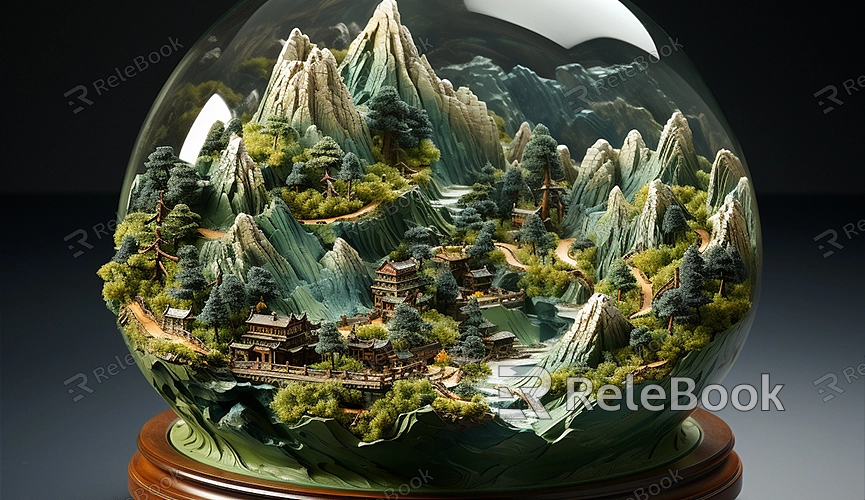What is 3D Model Texture?
In the realm of 3D modeling and rendering, "3D model texture" refers to images or patterns applied to the surface of 3D models to simulate various materials and appearances found in the real world. These textures aim to give virtual 3D models or scenes a richer and more realistic appearance, complemented by HDRI environmental lighting to present more details and textures in rendering and animation production.

Role of Textures
1. Material Simulation: 3D model textures are used to simulate surface properties of objects, such as wood, metal, leather, or fabric. By employing different types of textures, models can visually simulate various effects, resulting in more realistic renderings.
2. Detail Addition: Textures allow designers to add details to the model's surface, such as bumps, color variations, and smoothness. These details are crucial for capturing lighting effects and enhancing the visual appeal of the model.
3. Creating Unique Appearances: With textures, designers can create unique appearances, such as using emissive textures in sci-fi or fantasy scenes or applying aging effects on models of ancient buildings.
Common Types of 3D Model Textures
1. Diffuse Texture: Describes the model's base color and reflectance, being the most common type of texture.
2. Normal Texture: Used to simulate surface bumps and irregularities, enhancing the realism of lighting effects.
3. Specular Texture: Controls the intensity of reflections on the model's surface, affecting the brightness and size of specular highlights.
4. Ambient Occlusion Texture: Simulates areas on the object's surface where light is obstructed, enhancing shadow effects.
5. Emission Texture: Renders certain parts of the model with self-illumination, suitable for modeling emissive objects.
When creating 3D models, it is necessary to establish UV mapping for the model first and then apply selected texture maps to different parts of the model. This is typically done through the texture editor or node editor in 3D modeling software, allowing for the adjustment of parameters and mappings for each texture as needed.

